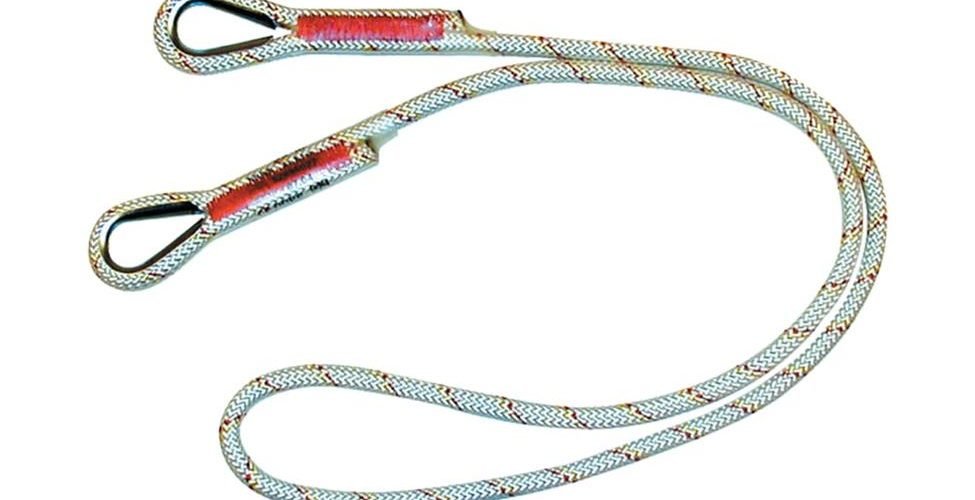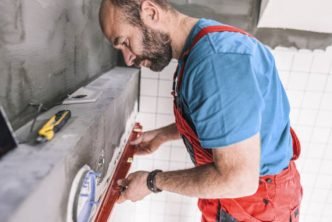Construction jobs come with any number of potential hazards. Perhaps chief among them is the threat of a fall. For that reason, having the proper safety equipment on a job site is an absolute must.
That is where having personal fall protection equipment can be the best move. If you aren’t familiar, there are a number of different types available. Check out the guide below to see which one would be the most ideal.
Table of Contents
Ascending/Descending
First and foremost, there are different components within a fall protection system. Before you click here to look for things like harness lanyards, it helps to know what the different systems are in the first place. Safety equipment should be among the most important tools on any job site for more than a few reasons.
Ascending/descending gear is used as it sounds. There are some jobs that require up and down movement, so this system uses a variety of D-rings – typically frontal D-rings – and even a seat sling. Workers can be safely moved up and down according to the surface in question. This system offers greater control than most of the other types out there.
Confined Space/Rescue
When choosing a harness, it typically depends on what it will be used for. This is why there is a harness specifically created for working in confined spaces, sometimes even in rescue situations. It is important to note that this is a harness that is not intended to be used for stopping free falls.
The D-rings on this harness are attached at the shoulders rather than center mass. The goal is to keep the wearer as upright as possible to make it easier to retrieve them. For tight spaces, where movement is limited, this is the most ideal type of harness to have at your disposal.
Fall Arrest
Perhaps the most common type of personal fall protection equipment out there. Though they aren’t commonly used for lower heights, they can be. For the most part, however, they are used in situations with larger heights where a fall would almost certainly lead to catastrophic injury or death.
These harnesses would typically be used when the height is in excess of 6 feet and the vast majority of them have a back D-Ring (dorsal ring) for making connections. The best of these distributes the force of the fall as evenly as possible to prevent injury. Though falling is never an ideal situation, using a fall arrest harness should at least ensure that a fatal fall does not take place.
Positioning
There are several jobs that require work on tall vertical surfaces. Though these use a seat harness and the standard D-rings, they also use side D-rings. The goal is to provide workers with a full range of motion.
One of the most common reasons for a fall is the need to reach or lean. Using a positioning harness, that need is eliminated. As a result, the risk of said fall is drastically reduced and virtually ensures the safety of the worker.
Climbing
For larger ladders or climbing structures, climbing harnesses are often used. Generally, for any climbing equipment is involved when the fall is more than two feet. Climbing involves many of the other features – ascending, descending, lowering, raising, and positioning – so this is perhaps the most versatile harness there is.
There is a checklist to follow when choosing a harness for your next job. Making the right pick can be the difference between life and death in some instances. Ahead of your next project, ensure that proper safety measures are taken and that the right harness is in place.





